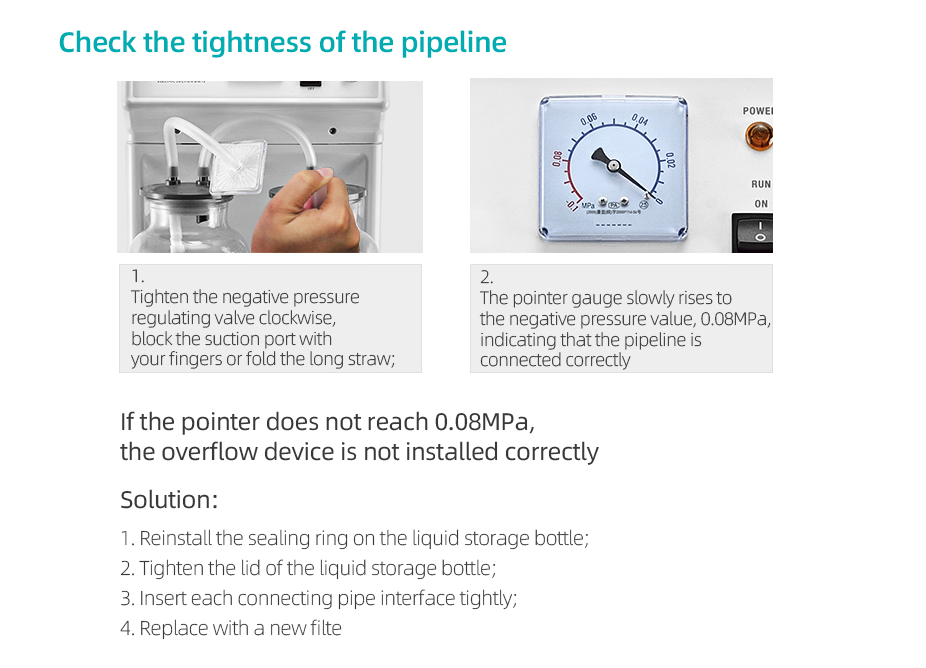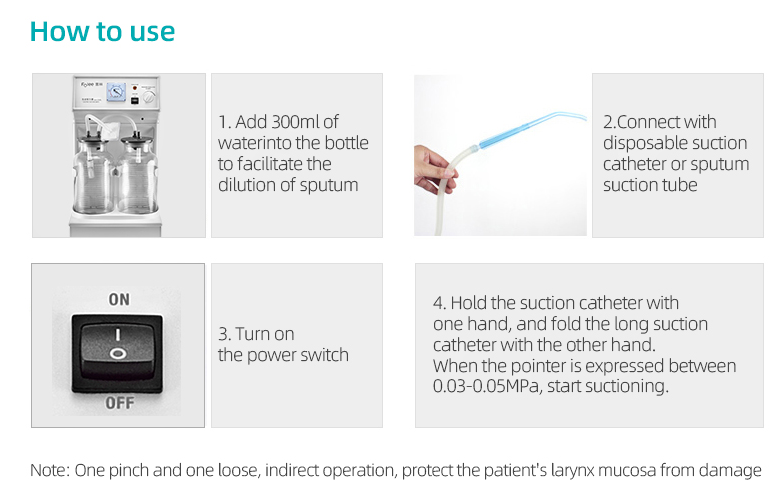Southern rice black-streaked dwarf disease is a rice virus disease that occurs in the southern rice region. It has the features of strong fulminantness, rapid spread, great difficulty in prevention and control, heavy damage loss, etc., and rice and corn seedling disease will basically lose. After comprehensive prevention and control in 2011, a total of about 0.85 million mu of southern rice black-streaked dwarf disease occurred in Laiyuan City, including an area of ​​0.65 million mu of middle rice, 0.16 million mu of late rice, and 0.04 million of corn and other crops. mu. A total of 25.93 tons of rice were lost, of which the loss rate of the most serious hills does not exceed 3%.
First, identify:
1, typical symptoms
(1) The diseased rice plant has a dark green leaf color, and the leaf surface of the upper leaf can be seen as rugged (more common at the base of the leaf).
(2) There are inverted fibrous roots and high-strength branches in several nodes above the ground of diseased plants; milky-white knobs (hand-feeling has a rough sense) on the surface of diseased stems, and the protrusions are wax-like and longitudinally arranged. Bar-shaped, early milky white, late brownish black; node arising from diseased tumor, due to different susceptible period, early susceptible rice strain, tumor arising in the inferior node, late in the diseased period, diseased tumor The higher.
2. Symptoms of seedling emergence: The strains are short and dark, with dark green color. The heart leaves are drawn slowly. The leaves of the heart are short and stiff and the spacing between the leaves is shortened.
3. Symptoms during sub-periods: The diseased plantings grew thicker, the upper several leaf-leafs overlapped, and the tip was slightly distorted. Plants are short, the main stem and early pods are still capable of heading, but the heads are difficult to seed, or spikes, or spikes, which resemble dwarfism.
4. Heading symptoms: The whole plant is dwarfed and the flag leaves are short and stiff. Vertical folds are visible at the base of the middle and upper leaves, and short waxy veins with waxy white or dark brown bulges can be seen on the internodes and sections of the lower stems. In the susceptible stalks, white waxy protruding veins and veins are visible on the susceptible stalks. This is the most prominent symptom of the disease. The roots of the susceptible plants are underdeveloped, and the fibrous roots are short and short. In severe cases, the roots are yellow-brown.
Second, prevention and control:
The pathogen of southern rice black-streaked dwarf disease is southern rice black-streaked dwarf virus, and its virus-mediated mediator is mainly the migration-fighting insect white-backed planthopper. Mainly moved into the poisonous white-backed planthoppers to feed on early rice or weeds, and moved into poisonous white-backed planthoppers or local whitebacked planthoppers to feed on the host and then pass on the virus to medium rice, late rice fields, and Honda. Prevention and control of rice black-streaked dwarf disease in southern China should adopt the integrated prevention and control strategy based on "agricultural prevention and control, "regulation against flood control," and emergency remediation as supplement."
The key is to do a good job of preventing and controlling the transmission of poisonous vector insects such as rice planthoppers, and to grasp the three critical periods of rice paddy field and early field prevention and control: First, one leaf from one leaf to two leafs and one heart; and second, transplanting seedlings before seedlings. -3 days; third is the beginning of the rice tiller), spraying pesticides once to control the rice planthoppers, destroying the virus before transmitting the virus vector insects, controlling the spread of the virus, and strengthening the management of the fertilizer and water on the basis of this. Rice's own resistance to the prevention and control of southern rice black streaked dwarf disease purposes.
1, do a good job of seed dressing, soaking with 10% imidacloprid wettable powder 300-500 times liquid soaking 12 hours or seed germination and dew white with 10% imidacloprid wettable powder 15-20 g and 1-2 kg of seeds (with dry seeds ) Mix well and wait until the medicine is fully absorbed.
2, rice seedlings before transplanting 3 to 5 days, apply a "send marry medicine." Available 25% pymetrozine wettable powder 40g/mu or 25% buprofezin WP 50g/mu plus 48% chlorpyrifos EC 80-100ml/mu, add plant gene activator 20g/mu (or rather Natamycin and other antiviral agents) and foliar fertilizers were evenly sprayed with 30-45 kg of water.
3. Strengthen field inspections and take emergency remedial measures: First, remove diseased plants (embedded in mud) in time for diseased field, and secondly, reduce the incidence of field tillering in Daejeon by 2% or less, and immediately step directly into the mud. , The incidence rate of 2-20% of the plots, timely removal of diseased plants (Plexus), and stepped into the mud deep in the ground, and then fill the seedlings from the Jian Cong, while strengthening the management of fertilizer and water, promote early-onset, to ensure effective Number of tillers and effective panicles. Third, for the hillocks with particularly severe morbidity, it is suggested that the ploughing of rice or other crops be conducted in time.
Electric Suction apparatus
Structure Characteristics and Working Principles .
1. Oil-free piston pump helps to keep from 011 mist pollution
2. Plastic panel makes itresistantfromwatererosion
3. Low noise , easy to operate with manual and pedal switches
4. Overflow valve helps to prevent liquid from flowing into pump
5. Medical suction , high negative pressure , high flow rate
6. Negative pressure is adjustable according to requirements .


Electric Suction apparatus, Electric suction device,Portable Phlegm Aspirator
Ningbo Queen Electronic Science Technology Co., Ltd , https://www.queenmeds.com